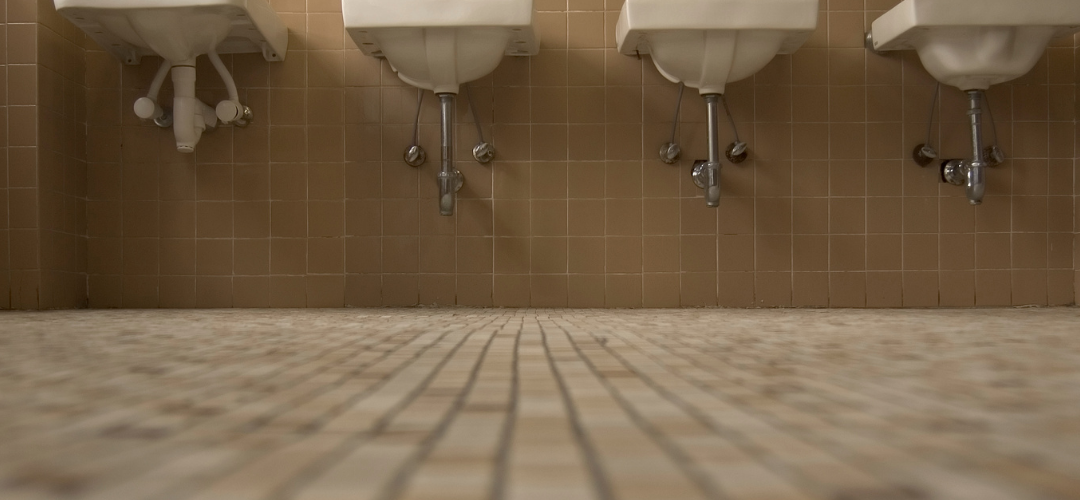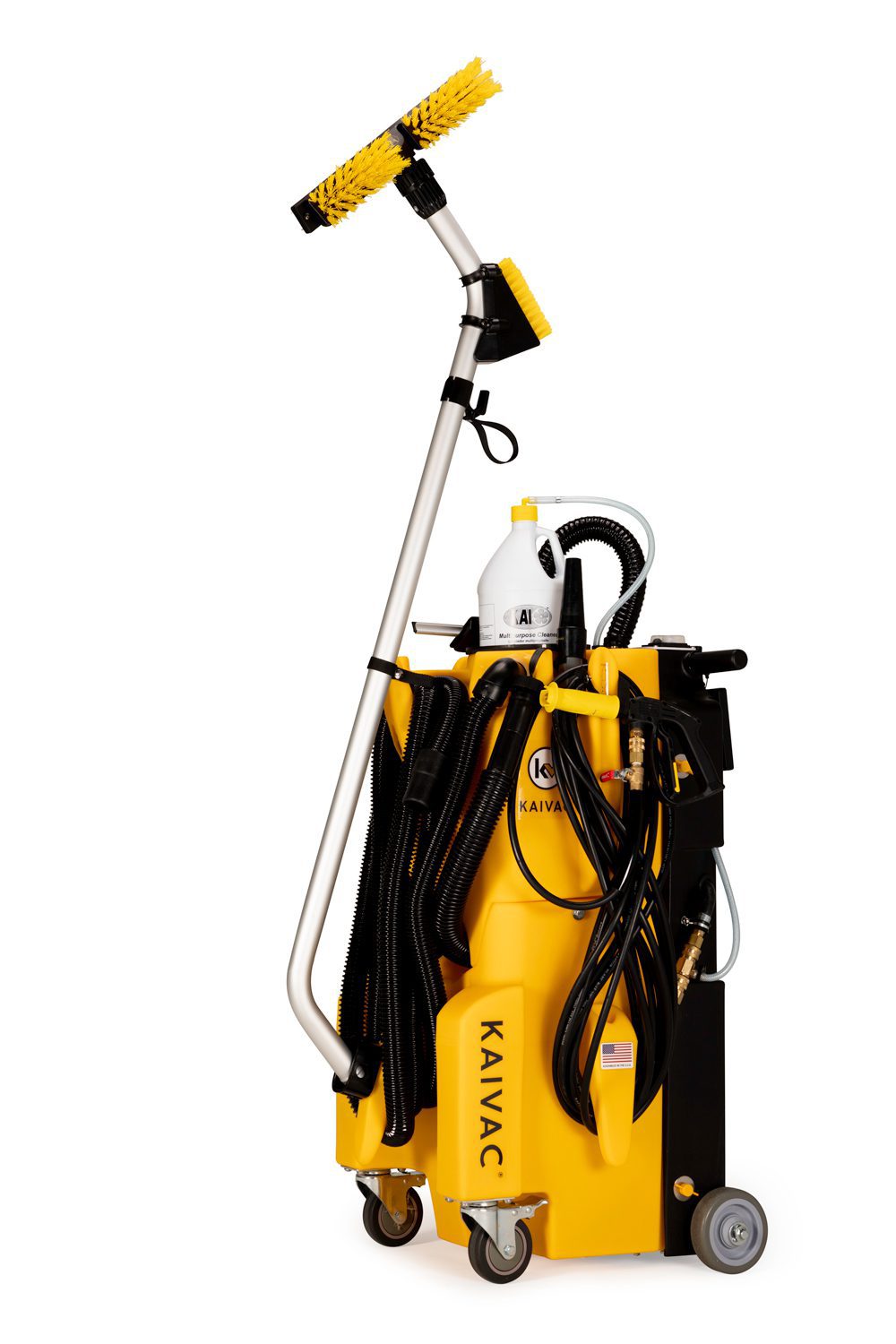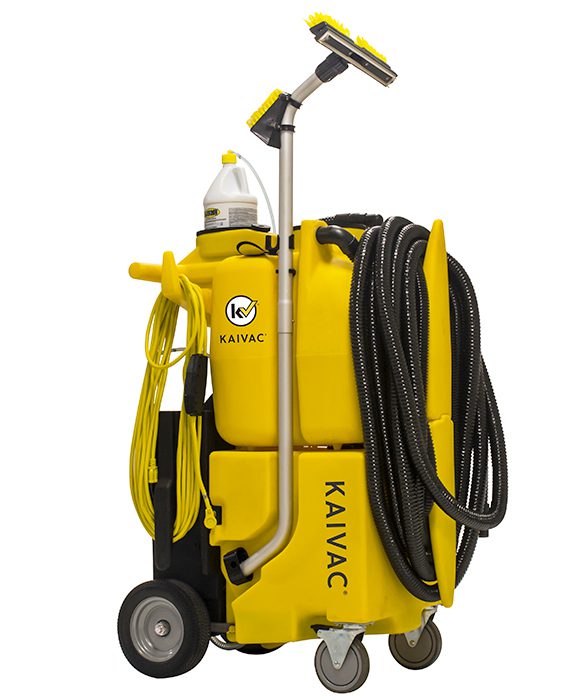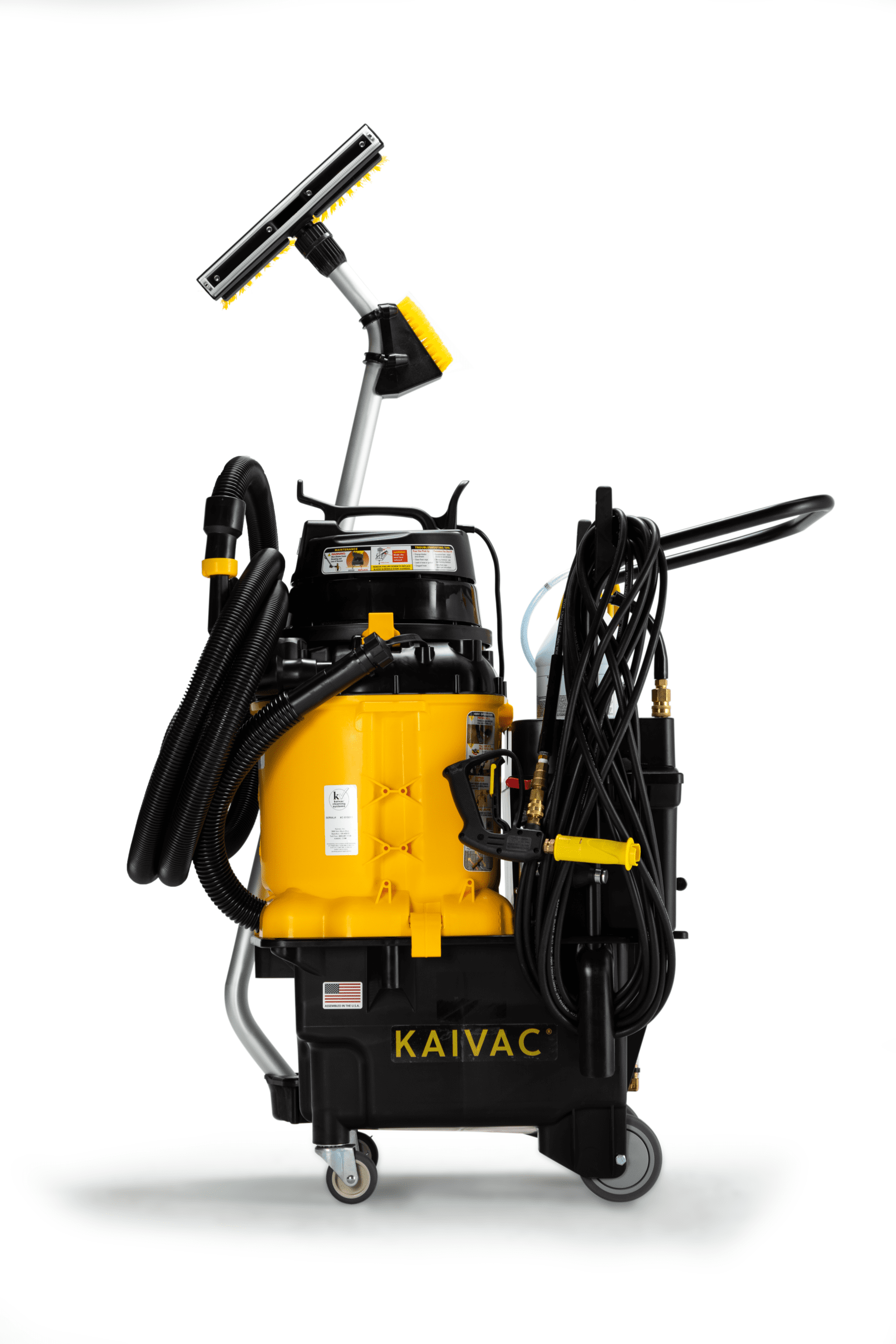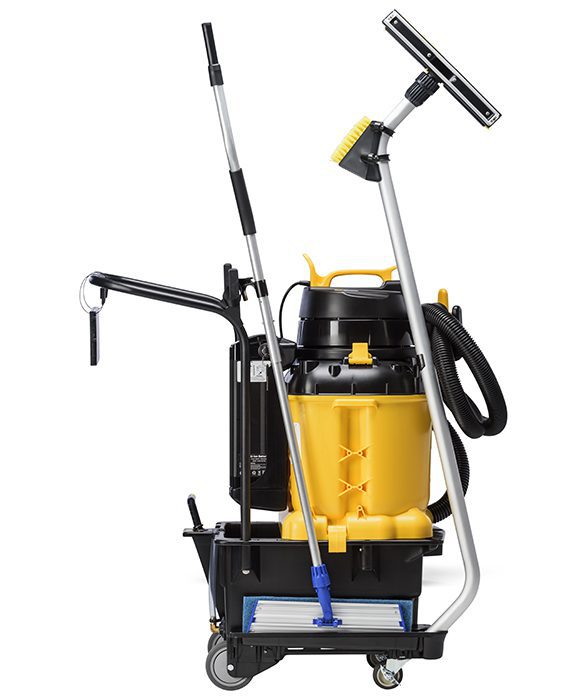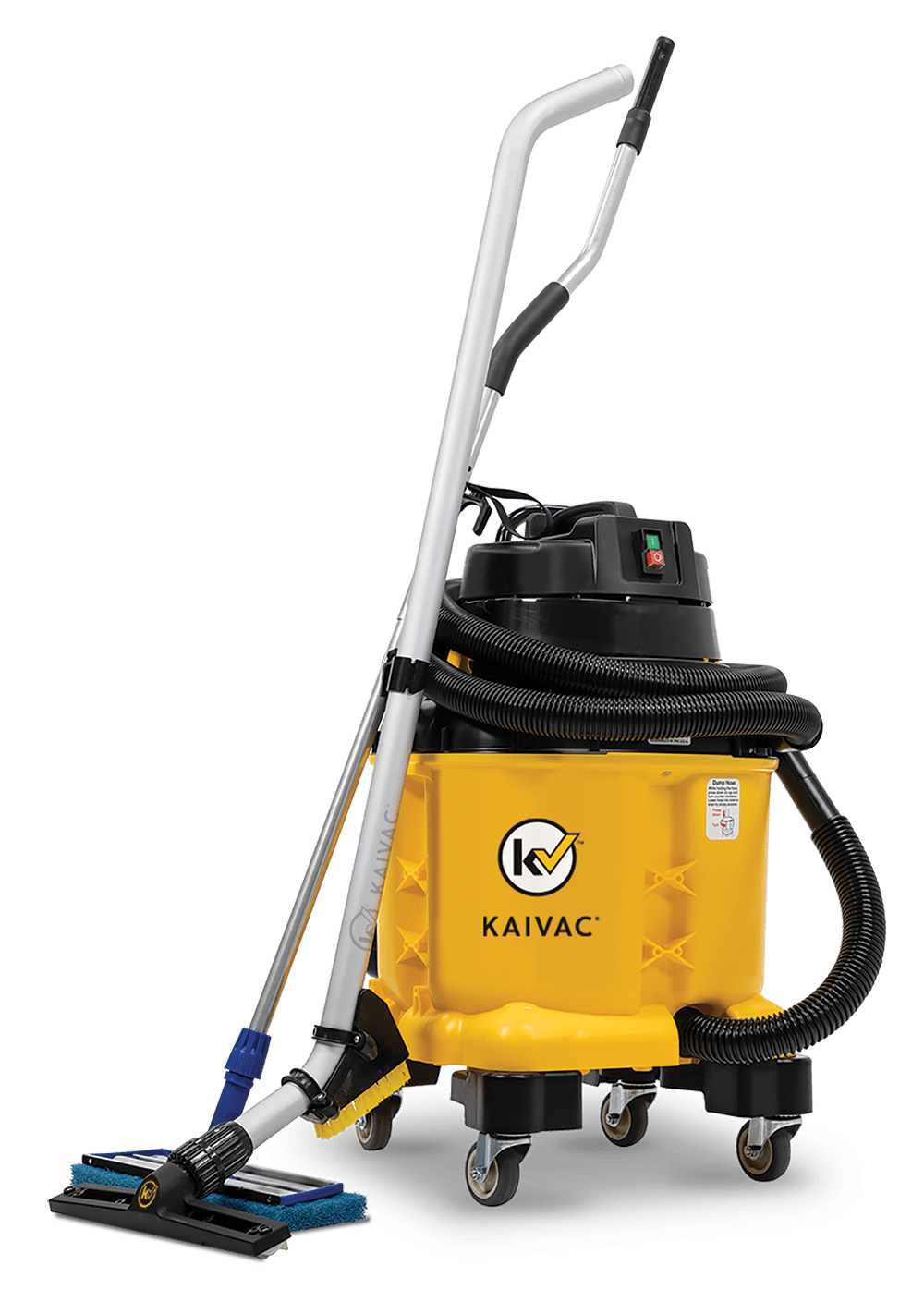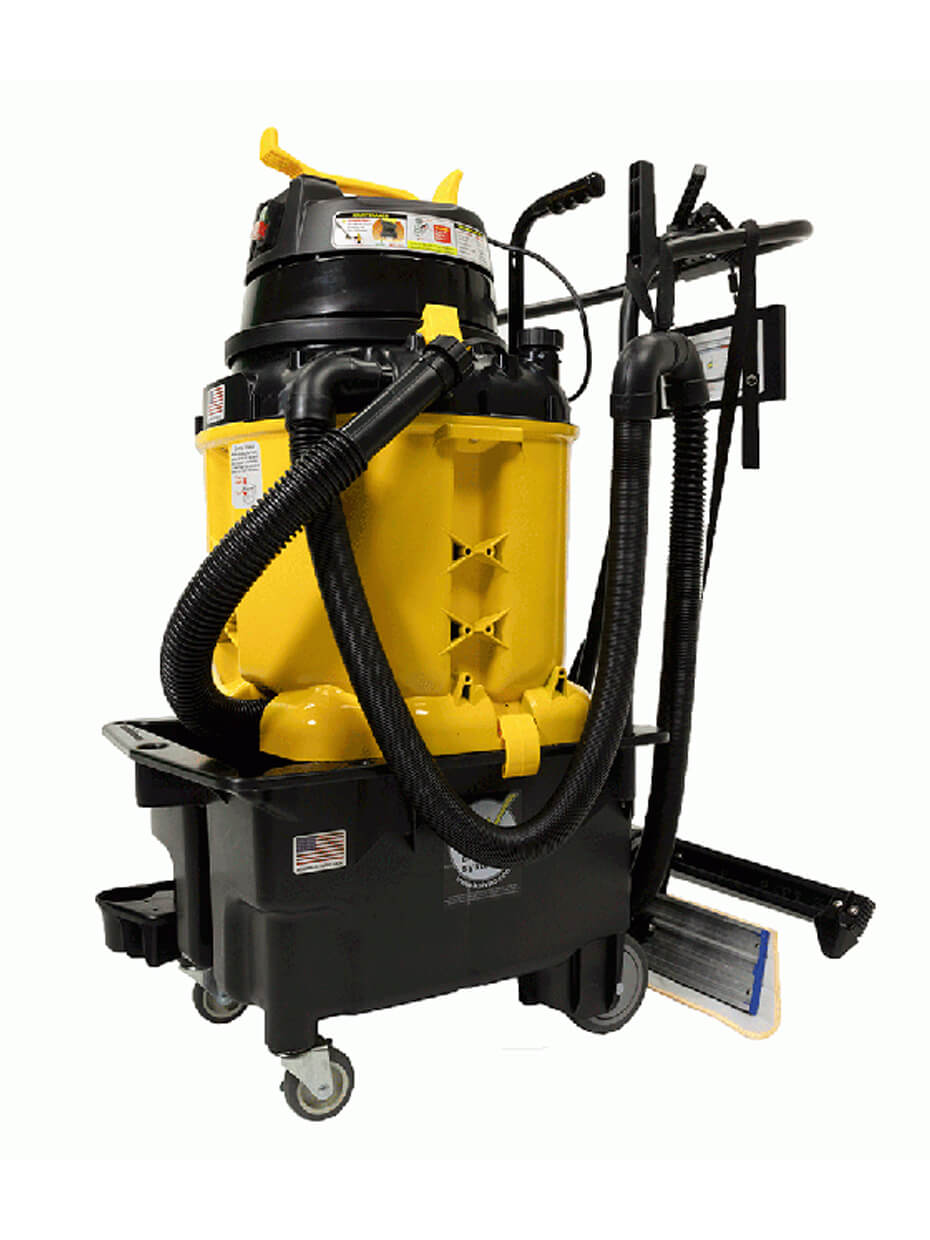Most school restrooms get labelled with the adjectives nasty, disgusting, or gross. This is because of the cycle of restroom neglect. Restroom neglect happens when school custodians find themselves ill-equipped for the task at hand. In this blog, we’ll discuss how to break the cycle.
These problems do not only plague underfunded school districts as some might suspect. Schools in rural areas, urban areas, and suburbs struggle with restroom maintenance problems. In fact, in the Los Angeles area, a local television news program investigated restroom cleaning and maintenance in public schools. They found significant problems in some of the areas most upscale neighborhoods, such as Malibu and Newport Beach.
The Problems Created by Restroom Neglect
Ill-kept and unsanitary restrooms create many problems for schools. First, they send a negative message to teachers and students. They say that this school is not important enough to have clean, well-maintained restrooms. This can demoralize students and hurt the learning process.
The condition of the restrooms can tarnish the image of an entire school. Dirty restrooms often suggest danger, a lack of adult supervision, and an otherwise unhealthy learning environment. Conversely, clean well-maintained restrooms indicate a healthy learning environment, a school where students are set up to succeed.
Health and Safety
Most dangerous of all, unkempt school restrooms present serious health and safety issues. Pathogens, blood, and other bodily fluids often cling to poorly maintained restroom fixtures, doors, and counters. These germs can easily spread from inadequate hand washing. This is not only a health hazard for students and teachers, but for those cleaning the facilities as well.
In addition, slip, trip, and fall accidents tend to be more common in poorly maintained restrooms. This can lead to financial liabilities for schools. Indeed, in the past decade, several lawsuits have been filed against various educational facilities regarding an inability to maintain safe and sanitary restrooms.
One more truth adding to the problem of unhealthy, unsanitary restrooms is it is cyclical. Dirty school restrooms attract more dirt. One former police officer, who now heads the custodial department of a major Southeastern university compares it to a broken window. From his police work, he learned that a broken window becomes an invitation for burglars to break-in to a home, office, or school. Similarly, poorly cleaned and maintained restrooms invite abuse and less care.
Restroom Neglect in the News
Interestingly, local television news crews have uncovered many signs of restroom neglect in U.S. public schools. Often, these reports have resulted in action. For instance, because of the Los Angeles news report mentioned earlier, the state and local school districts have enacted rules and regulations regarding the upkeep and cleanliness of school restrooms.
In Arizona, the restrooms in three of the states more upscale school districts were investigated for cleanliness by a local television news crew. A variety of restroom surfaces were swabbed in the morning while the schools were in session. The swabs were then taken to a local laboratory for evaluation.
Restroom Investigation Results
The investigation found that in two of the school districts, there was evidence of urine on virtually every restroom surfaces. In this instance, restroom neglect effected the floors, door handles, flushing handles, faucets, hand dryers, and soap and paper dispensers.
According to William Humble of the Arizona Department of Health Services, “Finding urine on so many surfaces is an indication that bacteria and viruses travel. This has the potential of spreading e-coli, Hepatitis A, and other diseases, and has even more serious implications for children with asthma or weakened immune systems.”
Humble added that his office inspects all of the state’s schools twice per year and that finding urine on several surfaces is common. He says that contrary to what some parents may think, elementary schools usually fare better in these inspections. The bulk of the problems are found in junior and high schools because these students are less likely to wash their hands after using the restroom. This spreads the urine, germs, and bacteria throughout the restroom and ultimately, the rest of the school, he explains.
Yet, in the third district, Paradise Valley Unified School District, five different restroom surfaces were tested. Urine was found on only two, around the toilet floor and on the inside of a door handle. Even more impressive was that fact that the tests at this district were conducted in the afternoon—not in the morning. That allowed more time for the restrooms to be used during the course of the day. This school effectively fought off restroom neglect, creating a measurably healthier space as a result.
A High Scoring School Restroom
The vast difference in the test results led the local news team to investigate why Paradise Valley’s restroom’s scored so much higher than the others. After all, the schools tested were all about the same age. They all had custodial crews cleaning the facilities at similar frequencies, and demographically, the districts, and their neighborhoods, were quite comparable.
The news team’s investigation found that the major difference was in the way the restrooms were cleaned. The two problem districts used traditional restroom cleaning systems. Custodians would spray toilets, urinals, sinks, and counters with cleaners and disinfectants and then wipe them with cleaning cloths. To clean floors, they swept and then mopped.
“One of the problems with this older system is that it is often hard to see urine and other contaminants on surfaces,” says Wayne Moffet with American Building Maintenance (ABM), the company that now cleans 27 of the 49 schools in the Paradise Valley district. “If the custodian can’t see it, the area may not be cleaned, and restroom maintenance suffers.”
Moffet indicates that many of the Paradise Valley schools his company cleans were in need of a thorough cleaning when ABM took over the maintenance contract, long before the tests were conducted. “Our first plan of attack,” he says, “was to use the Kaivac No-Touch Cleaning™ system in all of the restrooms.”
Kaivac No-Touch Cleaning Fights Restroom Neglect
With the No-Touch Cleaning system, cleaning agents are applied to all restroom surfaces—fixtures, partitions, walls, and floors. The same areas are then rinsed, blasting away germs, soils, and debris. Then areas are vacuumed using the machine’s built-in wet/dry vac, which facilitates drying and further removes contaminants.
According to Moffet, after two or three cleanings with the Kaivac machines, most of the grime in the restrooms was removed and odors were eliminated. Tile and grout areas that had become soiled over the years, again before the tests, were now clean. Students, teachers, and staff commented that they noticed a rather dramatic difference in the cleanliness and appearance of the restrooms almost from the start.
Becoming More Efficient and Competitive
The machines were equally and immediately popular with the cleaning staff as well.
Our cleaning crews like the Kaivac machines because they don’t have to get down on their hands and knees to clean. And it’s much faster.
“On a daily basis, I bet we save up to 50 percent on time and labor cleaning the high school restrooms and as much as 70 percent cleaning the gym locker rooms. In the kindergarten through 8th grade schools, where the Kaivac machines are used just once per week, our time and labor are reduced about 20 percent as compared to traditional cleaning methods. This allows cleaners to spend more time cleaning other areas of the school than the restrooms,” said Moffet.
Moffet adds that using the Kaivac machine has also helped him bid more competitively. And the system can help contractors lower worker’s compensations claims, reduce labor costs, and produce higher quality results. All of those things translate into more business and profits.
“I am a huge advocate of the No-Touch Cleaning system, and I mention it’s features and benefits when marketing our services to all types of facilities,” says Moffet.
Kids Have Respect for Restrooms Now
According to Tim Kelly, supervisor of custodial and grounds maintenance for the Paradise Valley school district, the district not only switched cleaning contractors, but it invested more than $2 million to bring many of the school restrooms up to par.
This included installing all new nonporous tiles to cover the walls and floors, making them easier to clean and maintain. They also installed vandal-proof partitions as well as new dispensers for soap and paper towels. These new dispensers can better withstand the rigorous use in a school environment.
Even with the improvements, Kelly believes the no-touch system plays a major role in getting and keeping the restrooms clean. “I knew little about the Kaivac No-Touch Cleaning system before ABM introduced me to the machine,” says Kelly. “It’s an excellent product, and now I’m sold on it.”
Kelly adds that, at one time, they commonly received complaints from students and teachers about the school restrooms, especially that they had malodors or the fixtures were not cleaned thoroughly. Now he rarely hears a complaint.
“What’s more, we have seen a real difference in the way our students treat the restrooms,” says Kelly. “Our kids have a lot more respect for them—now that they are nice and clean.”
